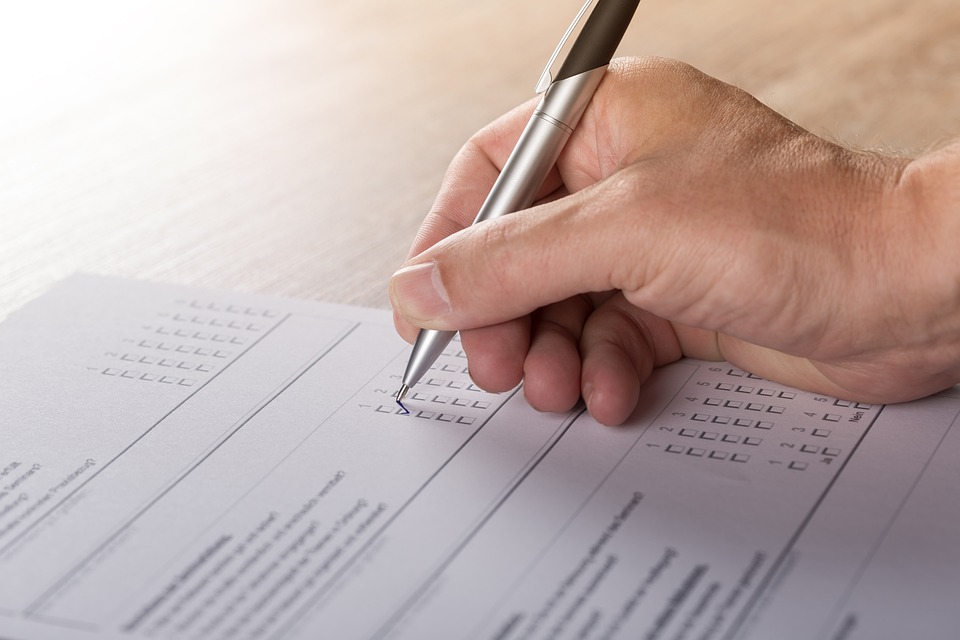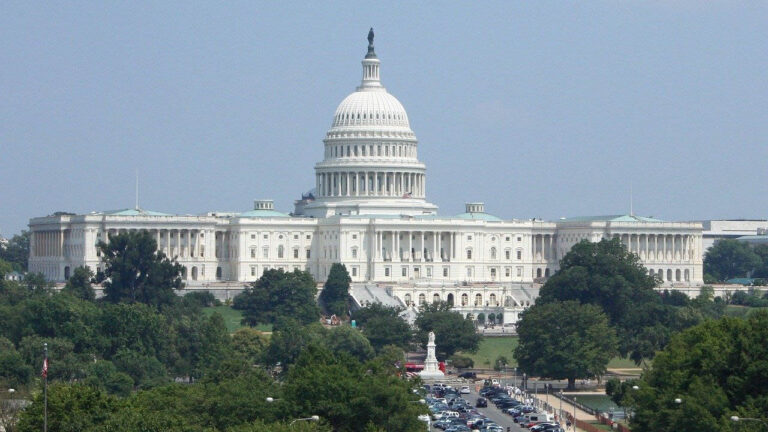Public Opinion Polling and Methodologies

Public opinion polling has become a cornerstone of modern democracy, influencing everything from political campaigns to marketing strategies. Despite their ubiquity, polls are often misunderstood, with questions arising about their accuracy, purpose, and methodologies.
To unpack the intricacies of public opinion polling, it is essential to explore how polls are conducted, their challenges, and their broader implications.
What Is Public Opinion Polling?
Public opinion polling involves surveying a sample of individuals to understand the attitudes, beliefs, or behaviors of a larger population. Polls are used across various fields, including politics, business, and social research. The goal is to draw conclusions about the general population from a representative sample, enabling organizations to make informed decisions.
For instance, during election seasons, polls provide insights into voter preferences, helping campaigns allocate resources more effectively. In the business world, companies use polls to gauge customer satisfaction or predict market trends.
How Are Polls Conducted?
Conducting a reliable poll requires adhering to rigorous methodologies. Here is an overview of the steps involved:
- Defining the Target Population Pollsters first identify the group they want to study, such as registered voters, adults aged 18-35, or residents of a particular city. The target population determines the scope and focus of the poll.
- Creating the Survey Instrument Polls rely on questionnaires designed to elicit clear and unbiased responses. Crafting these questions involves avoiding leading or ambiguous language that could skew results.
- Sampling A critical aspect of polling is selecting a sample that represents the target population. Pollsters use various sampling techniques, including:
- Random Sampling: Ensures every individual in the population has an equal chance of selection.
- Stratified Sampling: Divides the population into subgroups (e.g., age, gender, ethnicity) and samples each proportionally.
- Cluster Sampling: Focuses on specific clusters, such as geographic areas, to simplify data collection.
- Data Collection Polls are conducted through different modes, such as phone interviews, online surveys, or face-to-face interactions. Each method has its pros and cons. For example, while phone interviews allow for more nuanced conversations, online surveys are cost-effective and reach a broader audience.
- Analyzing the Data Once the data is collected, analysts use statistical techniques to interpret the results. This step includes calculating margins of error and ensuring the findings are statistically significant.
The Challenges of Polling
While polls aim to be accurate, several challenges can affect their reliability:
- Sampling Bias: If the sample is not truly representative of the population, the results may be skewed. For example, relying heavily on landline users can exclude younger demographics.
- Nonresponse Bias: When certain groups are less likely to respond to surveys, their views may be underrepresented.
- Question Wording: Poorly phrased questions can influence responses, leading to inaccurate conclusions.
- Timing: Public opinion can shift rapidly, making polls outdated within days or even hours.
Case Studies: When Polls Got It Right (and Wrong)
Polling has seen both successes and failures over the years. A notable example of accuracy is the 2008 U.S. presidential election, where polls consistently predicted Barack Obama’s victory. On the flip side, the 2016 U.S. presidential election highlighted polling’s vulnerabilities. Many polls underestimated support for Donald Trump, raising questions about sampling and nonresponse biases.
These cases underscore the importance of methodological rigor and the need for pollsters to adapt to changing communication trends, such as the decline in landline usage and the rise of mobile technology.
The Ethical Considerations of Polling
Public opinion polling is not without ethical dilemmas. Pollsters must balance transparency with protecting respondents’ privacy. Additionally, the dissemination of poll results can influence public opinion, creating a feedback loop that affects behavior. For example, early election results may discourage voter turnout, a phenomenon known as the “bandwagon effect.”
To mitigate these issues, organizations like the American Association for Public Opinion Research (AAPOR) establish ethical guidelines for conducting and reporting polls. These standards emphasize transparency, accuracy, and respect for participants.
The Future of Public Opinion Polling
Advancements in technology are reshaping the landscape of public opinion polling. Artificial intelligence and machine learning are enabling pollsters to analyze large datasets more efficiently. Social media platforms are also emerging as valuable tools for gauging public sentiment, though they present challenges in ensuring representative samples.
Despite these innovations, traditional polling methods remain relevant. Combining new technologies with established practices allows pollsters to navigate the complexities of modern public opinion.
Why Polling Matters
Public opinion polling plays a crucial role in shaping policies, strategies, and public discourse. By providing a snapshot of societal views, polls help bridge the gap between decision-makers and the public. However, it is essential for readers to approach poll results critically, understanding their limitations and the methodologies behind them.
Conclusion
As polling continues to evolve, fostering trust and transparency will be key to ensuring its relevance and reliability in a rapidly changing world.






